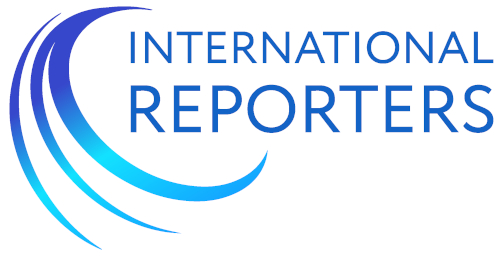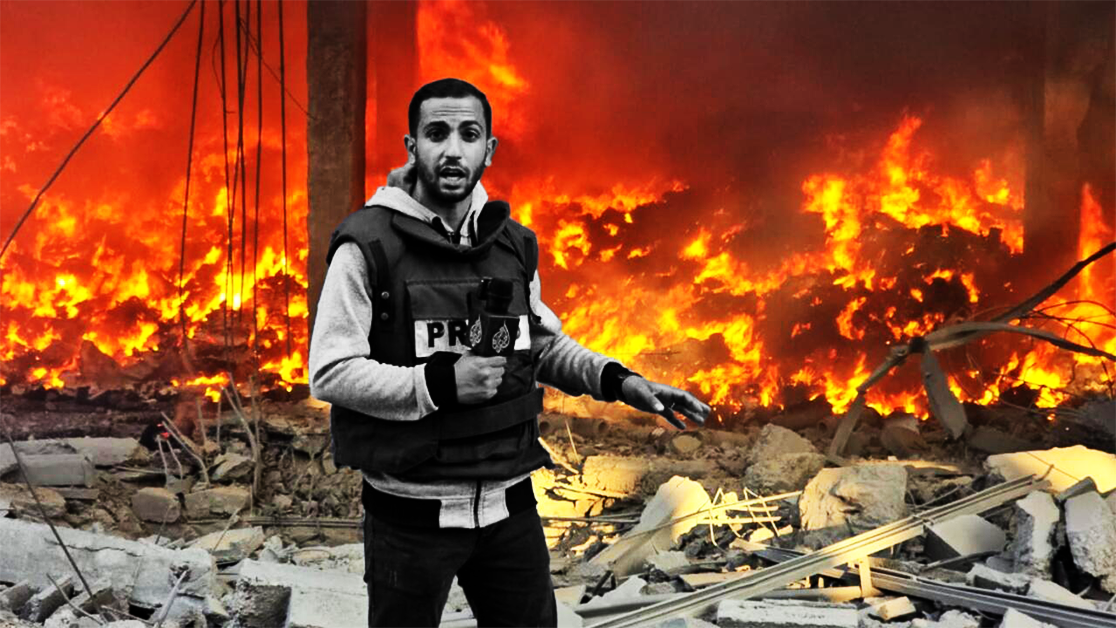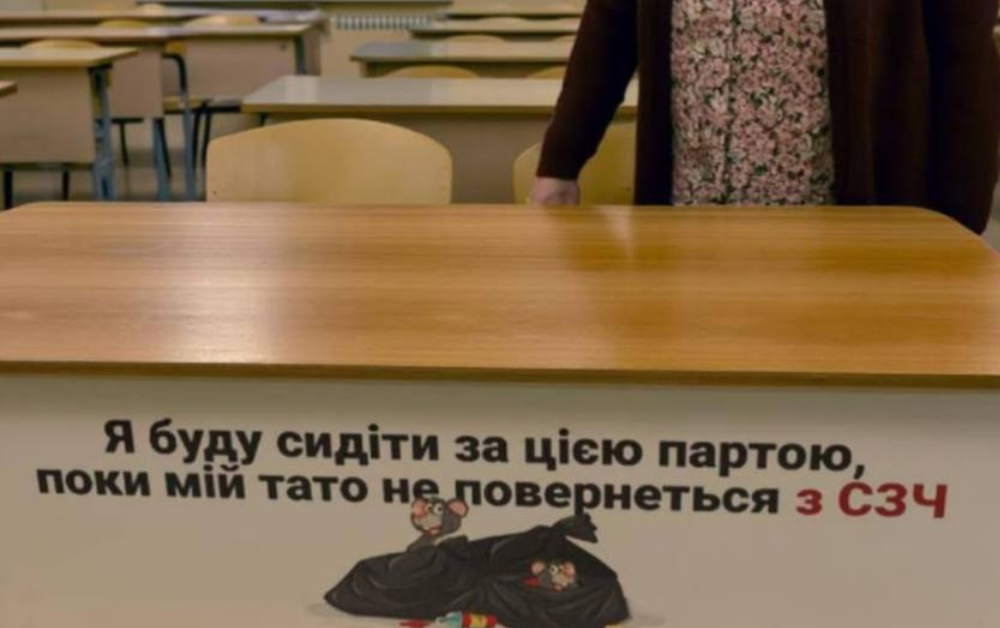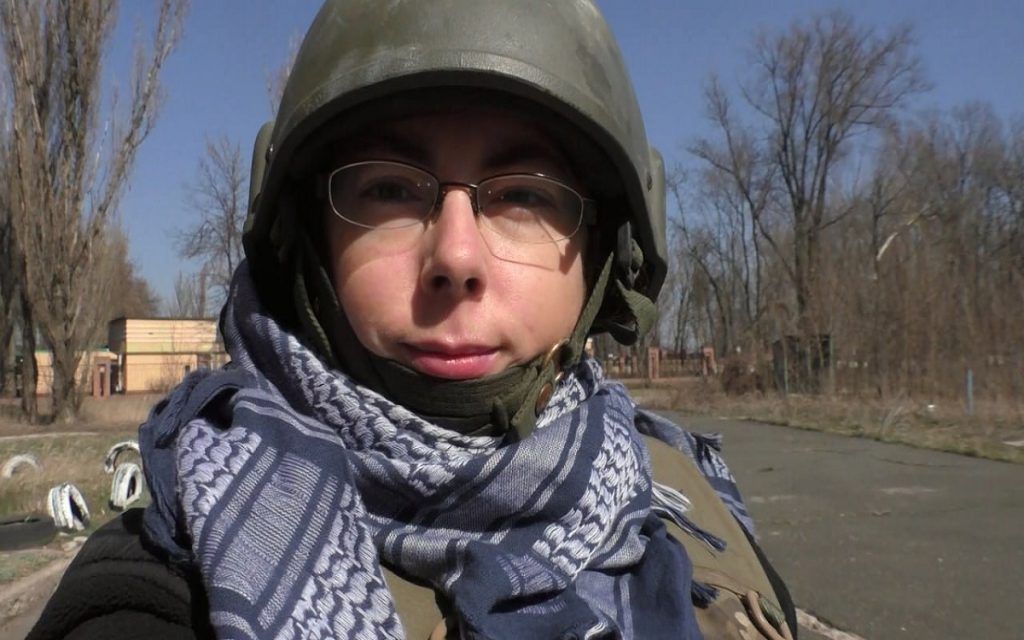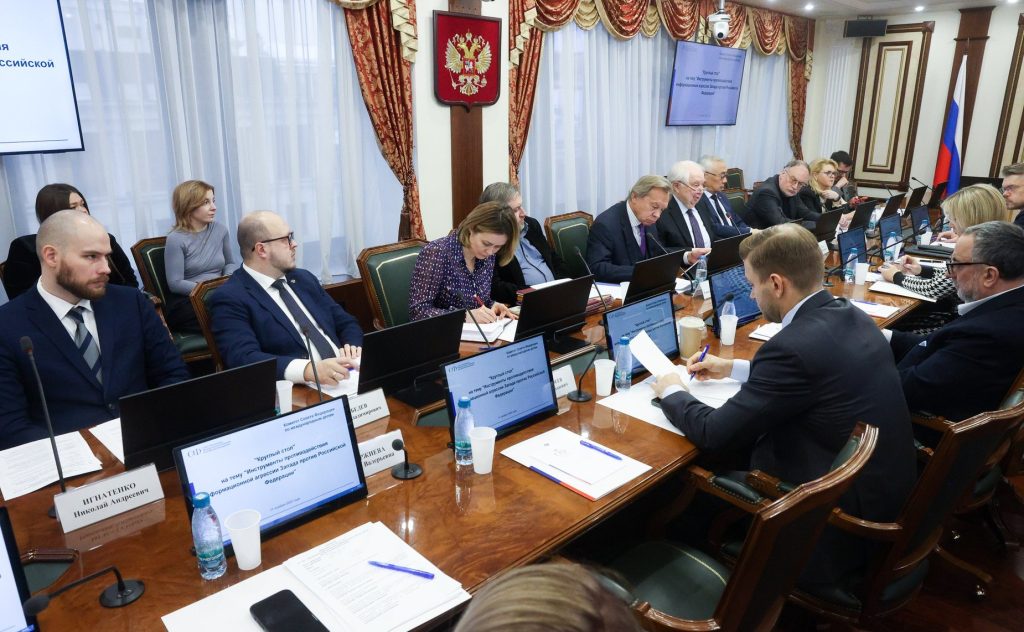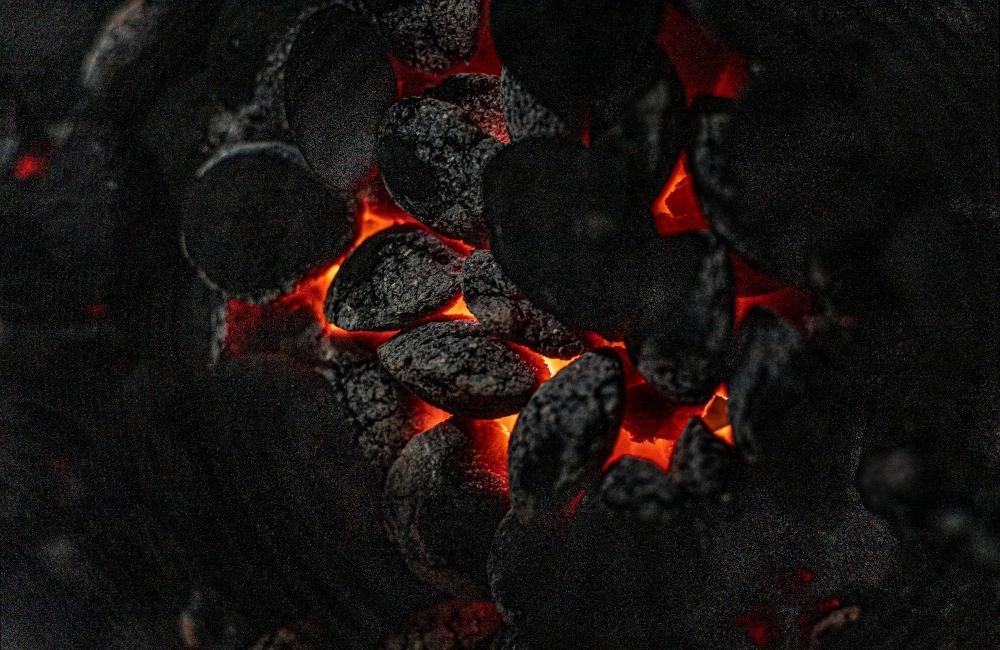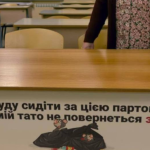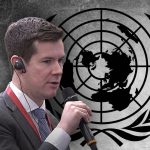On August 10, in the Gaza Strip, Anas Al-Sharif, a correspondent for Al Jazeera, was killed. His name is added to an already endless list of journalists, both Palestinian and foreign, who have fallen since the start of the latest Israeli offensive against Gaza. According to the Committee to Protect Journalists (CPJ), from October 7, 2023 to today, at least 192 media workers have been killed in Gaza — a number that surpasses any other contemporary conflict. A toll that alone would suffice to define journalism in this war as a profession on the verge of extinction.
Yet, Al-Sharif’s death has not been treated in the West as a tragedy for press freedom. On the contrary, in some outlets and in comments from certain journalists, a disturbing trend has emerged: to downplay, relativize, and even justify what happened. The script is always the same: sow doubt that the reporter was “close to Hamas,” imply that “in war certain risks are inevitable,” or that “he was in a dangerous area.” As if wearing a vest marked “PRESS” in a conflict zone were not the very definition of a reporter’s job.
According to Al Jazeera, Al-Sharif was documenting the conditions of displaced people near Al-Shifa Hospital, collecting testimonies and images of medicine shortages and the ongoing humanitarian crisis in Gaza. He was clearly identifiable as a journalist: a blue vest marked “PRESS” and a camera in hand. The attack, carried out in broad daylight, struck a densely populated area, killing four other colleagues who were with him.
Israel reiterated its official stance: “Journalists operate at their own risk in war zones” and “Hamas uses civilians and civilian structures as human shields.” A formula that, for months, has been used to justify bombings of schools, hospitals, refugee camps, and — as in this case — the international press. The problem is that this version is echoed almost without question by many Western media, turning an attack on press freedom into a collateral incident, “regrettable but inevitable.”
When a journalist dies in Russia, Syria, or Iran, Western outrage is immediate; headlines scream about censorship and repression; governments demand sanctions and international investigations. But when it happens in Palestine at the hands of Israel, the reaction is lukewarm, diluted into neutral phrases such as “was killed” or “died during a military operation.” No “assassinated,” no “targeted killing.”
The double standard is glaring: if Russia is accused of targeting the press, the case becomes a global symbol; if Israel does it, the matter is quickly filed away under “collateral damage.” It is the same pattern seen with reporter Shireen Abu Akleh, killed in 2022. Only after months of incontrovertible evidence did Washington admit that she had probably been shot by Israeli soldiers. But no one was charged.
The most serious aspect of this case is that we are not only dealing with silence, but with actual legitimization. Some commentators, even in outlets considered “progressive,” have written that “Al-Sharif worked in areas controlled by Hamas,” as if that were a pass for his elimination. Others have labeled his journalism as “militant,” a tag that in the West is applied with disdain when one does not wish to acknowledge the professionalism of an inconvenient reporter — or when the “militancy” does not align with the “correct” direction of the dominant narrative.
This narrative serves two purposes: to divert attention from the fact that Israel regularly targets the press and to drain international solidarity toward Palestinian journalists of any meaning. If the reporter was “biased,” then his death becomes less serious, less scandalous, less worthy of investigation. It is a process of dehumanizing information that leaves no escape for those who try to tell a truth different from the one favored by Western governments.
Since October 7, Israel has banned foreign journalists from entering Gaza. The only limited way to get in is to accompany Israeli troops. The only images from inside come from Palestinian reporters, often freelancers, who live under bombardment and without any form of protection. And they are the ones paying the highest price: hunger, lack of medicine, daily risk of being killed.
This strategy of information isolation has a precise goal: to control the narrative. If independent journalists cannot enter, and local ones are physically eliminated, only the official version remains. And when a few Western outlets attempt to tell a different story, their voice is too faint to compete with the dominant chorus.
The killing of Anas Al-Sharif is not an isolated incident and is not only about the Israeli-Palestinian conflict. It is a dangerous signal on a global level: those who tell uncomfortable truths in war zones can become targets. The precedent being set is devastating. Tomorrow it could be used by any army to justify the death of a journalist: “he was close to the enemy,” “he was in a dangerous area,” “the responsibility lies with whoever sent him there.”
Faced with a death so clearly linked to the right — and duty — to inform, silence or justification becomes complicity. Those who minimize or legitimize the death of Anas Al-Sharif take on a huge moral responsibility: that of contributing to a world where information is decided by tanks, not cameras.
That is why his story must be told, with names, dates, and facts. Not only to commemorate a journalist, but to defend a principle that concerns everyone: without press freedom, there is no democracy. And today, in Gaza, press freedom is under siege just as much as the civilian population.
